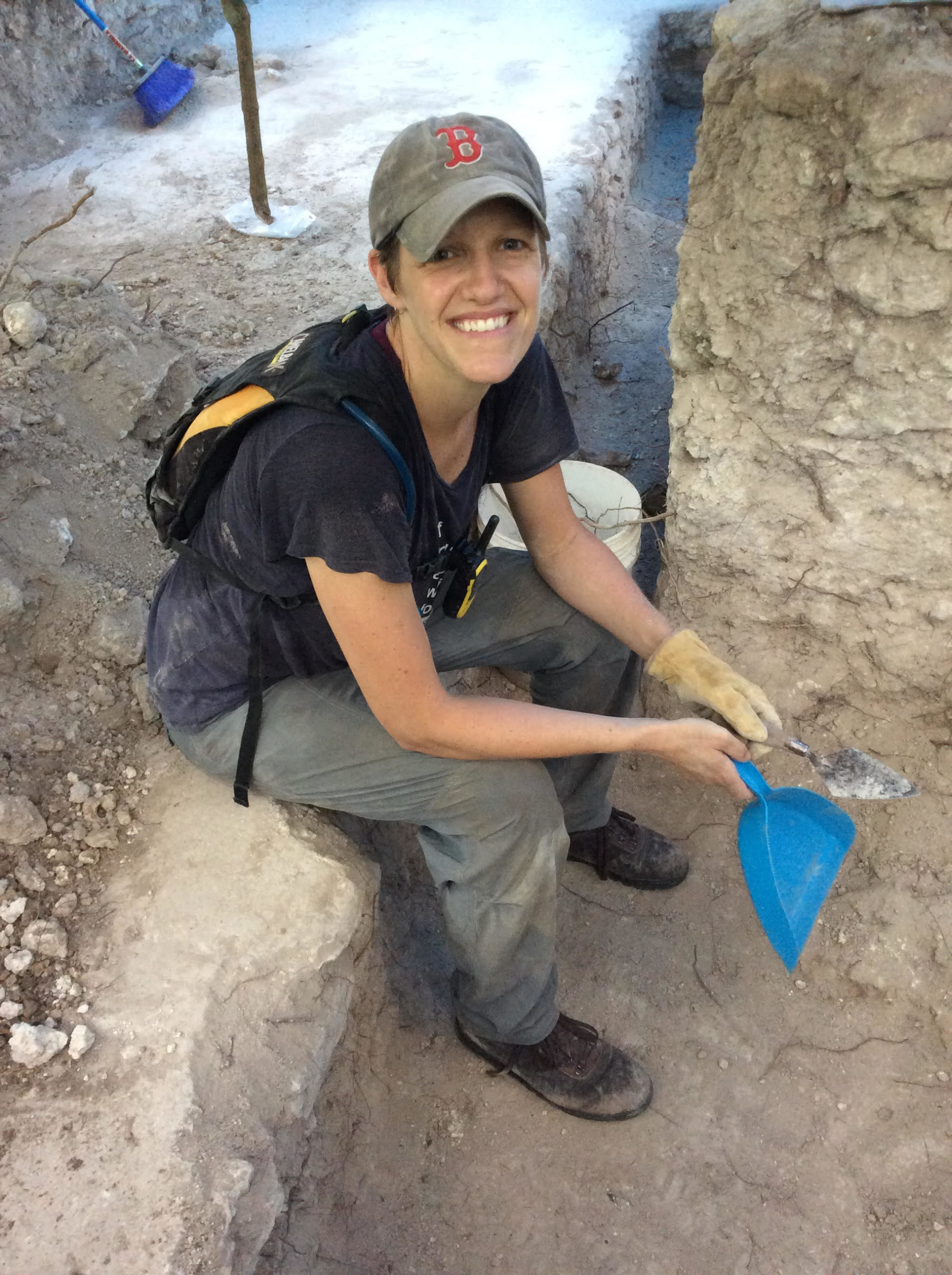This lecture explores the Classic Maya royal court and its members, through a focus on three carved stone monuments that depict various aspects of the court and its members. The royal court developed as a full-fledged institution within the context of the at-times tumultuous years of the Late Classic period (ca. AD 600-900), and research on its members and their roles reveal a strategically dynamic institution that was a productive locus of influence and power. The iconographic and hieroglyphic data explored in this talk shed light on the court as a political community, highlight the ways that this institution was variable and adaptable, and aid in identifying cultural metaphors that framed Maya understandings of the court.
Sarah Jackson is an anthropological archaeologist with a research focus on ancient Mesoamerica, and particularly Classic Maya culture. She received the PhD from Harvard University in 2005, and held positions at the University of New Hampshire and the University of Toronto before joining the Department of Anthropology at the University of Cincinnati in 2008, where she is Professor of Anthropology and Divisional Dean for Social Sciences. Her thematic and theoretical research interests include materiality and ancient ontologies, investigations into ancient identities, personhood (including non-human persons), indigenous political organization, and negotiation of culture change. Methodologically, she works at the intersection of text and the material record. Recent publications on these topics have appeared in Journal of Archaeological Method and Theory (2017), Ancient Mesoamerica (2019), Mexicon (2019), Norwegian Archaeological Review (2019), and Cambridge Archaeological Journal (2020). Her research has looked at the Late Classic Maya royal court as a critical political institution for disseminating shifting cultural ideals and responding strategically to changing pressures of the Late Classic era; as part of this research, she conducted excavations at the Maya sites of Piedras Negras and Cancuen in Guatemala, and also analyzed Classic-era hieroglyphic texts and historical linguistic information from the early Colonial era. This research is discussed in her book, “Politics of the Maya Court: Hierarchy and Change in the Late Classic Period” (University of Oklahoma Press, 2013). She currently co-directs an archaeological projects at the ancient Maya site of Say Kah, just outside of La Milpa, Belize, together with Dr. Linda Brown (University of New Mexico, project co-director), with funding from the Wenner-Gren Foundation, National Geographic Society/Waitt, National Geographic Society (CRE), the American Philosophical Society, the Brennan Foundation, the Rust Family Foundation, and the Taft Research Center (University of Cincinnati).


